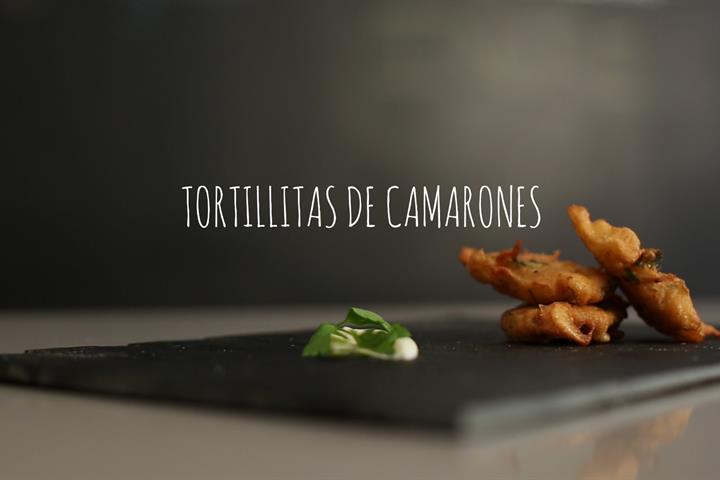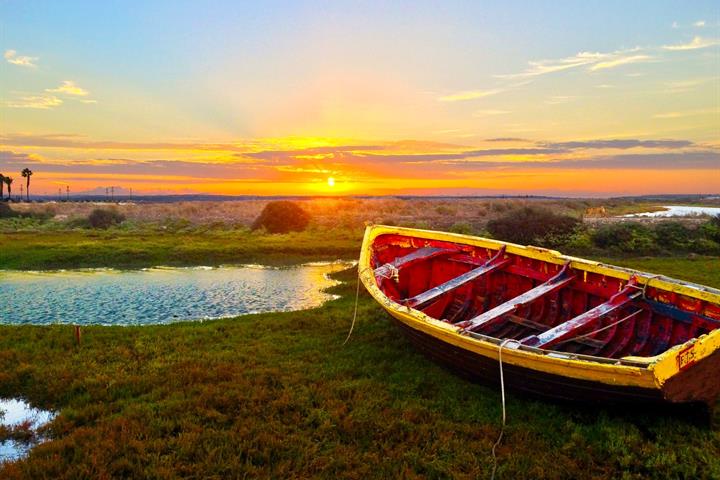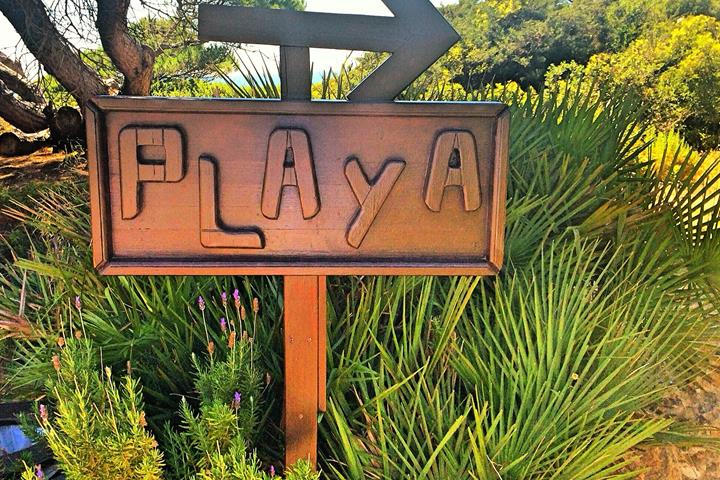Cádiz Provinz Reiseinformationen und Video
Reiseinformationen, Tipps, Fotos und Videos über Cádiz Provinz
Top Ferienimmobilien in Cádiz Provinz
Tipps für Ausflüge in der Gegend
Tolle Reiseziele in Cádiz Provinz
Bewertungen für Cádiz Provinz
Durchschnitt der Bewertungen - Basierend auf 880 Bewertungen.
Stadt
Küste
| Stadt: | |
| Küste: |
Eingereicht von: Andreas Binder
29. Apr 2020
Diese Bewertung erscheint in Deutsch
Diese Bewertung erscheint in Deutsch
War die Bewertung hilfreich?
Ja
Nein
Stornieren
Missbrauch melden
Sie halten dies für Missbrauch?
| Stadt: | |
| Küste: |
Eingereicht von: Corinna Batzer
18. Mrz 2019
Diese Bewertung erscheint in Deutsch
Diese Bewertung erscheint in Deutsch
War die Bewertung hilfreich?
Ja
Nein
Stornieren
Missbrauch melden
Sie halten dies für Missbrauch?
| Stadt: | |
| Küste: |
Eingereicht von: Thomas
30. Okt 2018
Diese Bewertung erscheint in Deutsch
Diese Bewertung erscheint in Deutsch
War die Bewertung hilfreich?
Ja
Nein
Stornieren
Missbrauch melden
Sie halten dies für Missbrauch?
| Stadt: | |
| Küste: |
Eingereicht von: Max
29. Okt 2017
Diese Bewertung erscheint in Deutsch
Diese Bewertung erscheint in Deutsch
War die Bewertung hilfreich?
Ja
Nein
Stornieren
Missbrauch melden
Sie halten dies für Missbrauch?
| Stadt: | |
| Küste: |
Eingereicht von: Renata und Martino
8. Okt 2017
Diese Bewertung erscheint in Deutsch
Diese Bewertung erscheint in Deutsch
War die Bewertung hilfreich?
Ja
Nein
Stornieren
Missbrauch melden
Sie halten dies für Missbrauch?
| Stadt: | |
| Küste: |
Eingereicht von: Bahl, Karlheinz
28. Okt 2016
Diese Bewertung erscheint in Deutsch
Diese Bewertung erscheint in Deutsch
War die Bewertung hilfreich?
Ja
Nein
Stornieren
Missbrauch melden
Sie halten dies für Missbrauch?
| Stadt: | |
| Küste: |
Eingereicht von: Christian Gebhart
15. Okt 2016
Diese Bewertung erscheint in Deutsch
Diese Bewertung erscheint in Deutsch
War die Bewertung hilfreich?
Ja
Nein
Stornieren
Missbrauch melden
Sie halten dies für Missbrauch?
| Stadt: | |
| Küste: |
Eingereicht von: Sabine Packmohr - Heinz Peter Münch
28. Sep 2016
Diese Bewertung erscheint in Deutsch
Diese Bewertung erscheint in Deutsch
War die Bewertung hilfreich?
Ja
Nein
Stornieren
Missbrauch melden
Sie halten dies für Missbrauch?
| Stadt: | |
| Küste: |
Eingereicht von: Tina
22. Sep 2016
Diese Bewertung erscheint in Deutsch
Diese Bewertung erscheint in Deutsch
War die Bewertung hilfreich?
Ja
Nein
Stornieren
Missbrauch melden
Sie halten dies für Missbrauch?
| Stadt: | |
| Küste: |
Eingereicht von: Christina Schröter
20. Sep 2016
Diese Bewertung erscheint in Deutsch
Diese Bewertung erscheint in Deutsch
War die Bewertung hilfreich?
Ja
Nein
Stornieren
Missbrauch melden
Sie halten dies für Missbrauch?
| Stadt: | |
| Küste: |
Eingereicht von: Benjamin
22. Aug 2016
Diese Bewertung erscheint in Deutsch
Diese Bewertung erscheint in Deutsch
War die Bewertung hilfreich?
Ja
Nein
Stornieren
Missbrauch melden
Sie halten dies für Missbrauch?
| Stadt: | |
| Küste: |
Eingereicht von: Bernd Bähre
21. Aug 2016
Diese Bewertung erscheint in Deutsch
Diese Bewertung erscheint in Deutsch
War die Bewertung hilfreich?
Ja
Nein
Stornieren
Missbrauch melden
Sie halten dies für Missbrauch?
| Stadt: | |
| Küste: |
Eingereicht von: Anette Isele
30. Jul 2016
Diese Bewertung erscheint in Deutsch
Diese Bewertung erscheint in Deutsch
War die Bewertung hilfreich?
Ja
Nein
Stornieren
Missbrauch melden
Sie halten dies für Missbrauch?
| Stadt: | |
| Küste: |
Eingereicht von: Yvonne Machon
21. Jun 2016
Diese Bewertung erscheint in Deutsch
Diese Bewertung erscheint in Deutsch
War die Bewertung hilfreich?
Ja
Nein
Stornieren
Missbrauch melden
Sie halten dies für Missbrauch?
| Stadt: | |
| Küste: |
Eingereicht von: Schwarz
20. Jun 2016
Diese Bewertung erscheint in Deutsch
Diese Bewertung erscheint in Deutsch
War die Bewertung hilfreich?
Ja
Nein
Stornieren
Missbrauch melden
Sie halten dies für Missbrauch?
| Stadt: | |
| Küste: |
Eingereicht von: Daniela Becker
11. Jun 2016
Diese Bewertung erscheint in Deutsch
Diese Bewertung erscheint in Deutsch
War die Bewertung hilfreich?
Ja
Nein
Stornieren
Missbrauch melden
Sie halten dies für Missbrauch?
| Stadt: | |
| Küste: |
Eingereicht von: Markus Kristen
31. Mai 2016
Diese Bewertung erscheint in Deutsch
Diese Bewertung erscheint in Deutsch
War die Bewertung hilfreich?
Ja
Nein
Stornieren
Missbrauch melden
Sie halten dies für Missbrauch?
| Stadt: | |
| Küste: |
Eingereicht von: Kretzer, Gabriele
8. Mai 2016
Diese Bewertung erscheint in Deutsch
Diese Bewertung erscheint in Deutsch
War die Bewertung hilfreich?
Ja
Nein
Stornieren
Missbrauch melden
Sie halten dies für Missbrauch?
| Stadt: | |
| Küste: |
Eingereicht von: Rösgen, Kornelia & Walter
31. Mrz 2016
Diese Bewertung erscheint in Deutsch
Diese Bewertung erscheint in Deutsch
War die Bewertung hilfreich?
Ja
Nein
Stornieren
Missbrauch melden
Sie halten dies für Missbrauch?
| Stadt: | |
| Küste: |
Eingereicht von: Andreas Meisner
8. Jan 2016
Diese Bewertung erscheint in Deutsch
Diese Bewertung erscheint in Deutsch
War die Bewertung hilfreich?
Ja
Nein
Stornieren
Missbrauch melden
Sie halten dies für Missbrauch?





